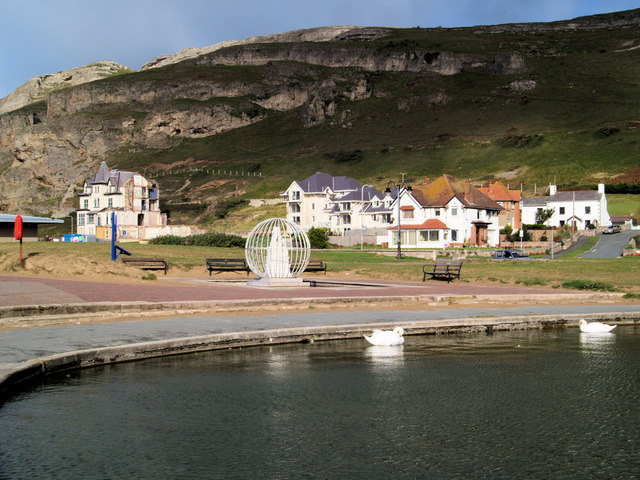Being set in a seaside location and starting with the disappearance of two teenagers, inevitably there will be comparisons between The Bay and Broadchurch. Personally, I think The Bay is the better of the two. It starts on a very interesting premise, every policewoman’s nightmare. I won’t say any more in case anyone has not got around to viewing it yet.
The seaside location in question is Morecambe of Morecambe Bay, with its famously treacherous sands, and there are plenty of shots of the beach. Much of the filming took place around the Stone Jetty. Apparently Morecambe was chosen because as well as being a beautiful part of the British coast, it is also a town with an edge to it. At the beginning, there is an aerial shot of the town with the magnificent art-deco Midland Hotel taking centre stage. The hotel was renovated and reopened in 2008, but in its heyday was frequented by the likes of Coco Chanel and Noel Coward.
 p p |
Beach at Morecambe (7907). Photo by Nilfanion, via Wikimedia Commons.
|
Map of the area.


